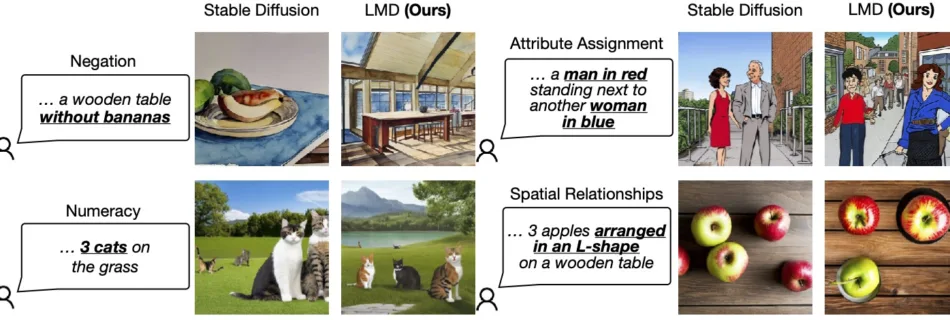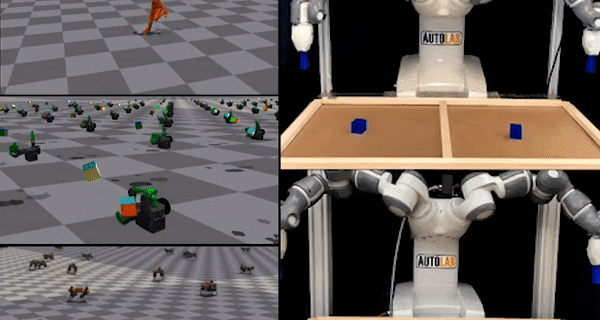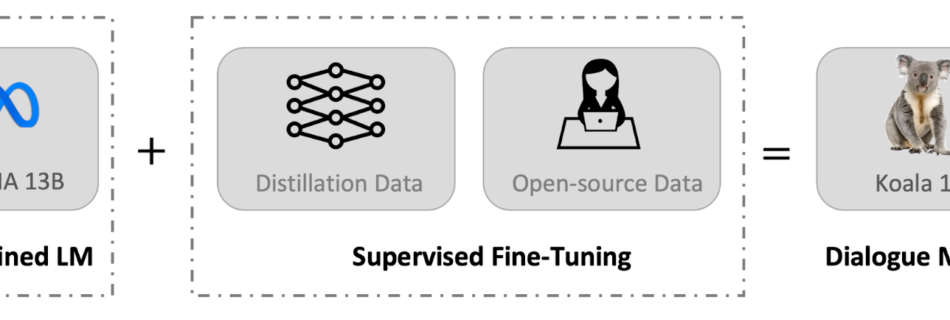GPT-4 + Stable-Diffusion = ?: Enhancing Prompt Understanding of Text-to-Image Diffusion Models with Large Language Models
TL;DR: Text Prompt -> LLM -> Intermediate Representation (such as an image layout) -> Stable Diffusion -> Image. Recent advancements in text-to-image generation with diffusion models have yielded remarkable results synthesizing highly realistic and diverse images. However, despite their impressive capabilities, diffusion models, such as Stable Diffusion, often struggle to accurately follow the prompts when …


